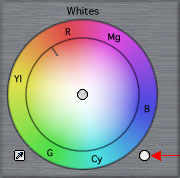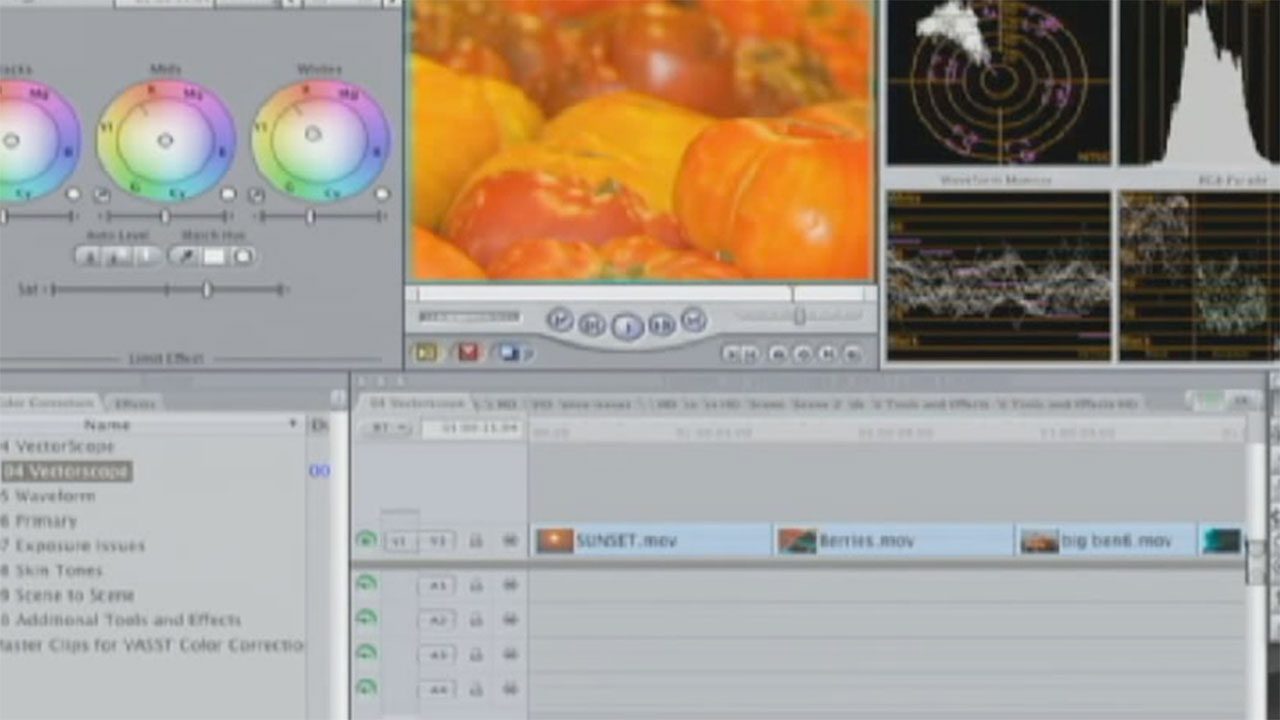

Final Cut Pro X initially offered only basic color correction tools, which were quickly augmented by third party developers. HDR, camera raw, and log profiles are an ever-increasing part of video acquisition, so post-production color correction has become an essential part of every project. Once again, you don't have as much manipulative control over these masks as you do in something like Resolve or After Effects, but if the task is simple enough, you don't have to spend the time delivering it to VFX you can just take care of it right inside X.We all know FCPX now has colour wheels and curves, but what about doing more advanced colour corrections? How about a plugin that can track masks, use ACES colour spaces and add film grain? Oliver Peters takes a look a the new Colour Finale 2. The color mask is a quick and easy way to isolate a green screen and do some basic compositing in FCPX. Similar to 'windows' in DaVinci Resolve, FCPX has both color and shape masks that you can combine in various ways to get to your desired selection.


Don't worry trying to figure out which color you are trying to isolate, as the curves will automatically change to whichever color you select with the picker/qualifier. I may not always understand their naming system, but at least they give you plenty of options. The curves will automatically change to whichever color you select with the picker/qualifier.Īlso of note is that you're not limited to RGB curves in FCPX but rather the whole spectrum of colors including Pink, Magenta, Indigo, Blue, Aqua, Cyan, Sea Foam, Green, Lime, Yellow, Orange, and Red. While the modifiers on this method of selection are not as robust as it is in Resolve-you don't have options like 'blur radius' or 'in/our ratio,' for instance-it's efficient enough to get basic jobs done that you would have previously had to go to Resolve for. For anyone who works in Resolve, this is akin to the qualifier in that program or the color picker in Photoshop. Color CurvesįCPX also has the ability to use a picker/qualifier to identify, isolate, and manipulate specific ranges of color, luma, and saturation in your Color Curves and Hue/Saturation Curves. And yes, part of me likes that they name them more obviously (as compared to Resolve's Lift, Gamma, Gain, Offset). Directly below, you have your standard Temperature, Tint, and Hue controls, as well as sliders.įCPX also has the ability to use a picker/qualifier to identify, isolate, and manipulate specific ranges of color, luma, and saturation.īelow the wheels themselves drop-down access to sliders for the individual RGB values, saturation, and brightness for Master, Shadows, Midtones, and Highlights. You have a draggable circle to push/pull towards or away from your color of choice, with a saturation handle on the left and a brightness handle on the right. WheelsĪlthough the design of the wheels are different from what you might be used to, the basic functionality of the wheels is the same as Color Wheels in any other program. Well, Apple has finally rectified this oversight years later and given us not just Color Wheels but also Color Curves and Hue/Saturation Curves to boot! Anyone familiar with the more standard color tools from Resolve to Lumetri will finally feel right at home in FCPX. To make matters worse, the initial rollout of FCPX decided to do away with the ubiquitous Color Wheels in exchange for the Color Board (which, if we're being honest, everyone hated).

This "trackless" way of working with your footage in a timeline (or a "project," as FCPX calls it) was too much of a departure from the norm. When FCPX was initially released, many people were taken aback by the drastic switch to the Magnetic Timeline.


 0 kommentar(er)
0 kommentar(er)
